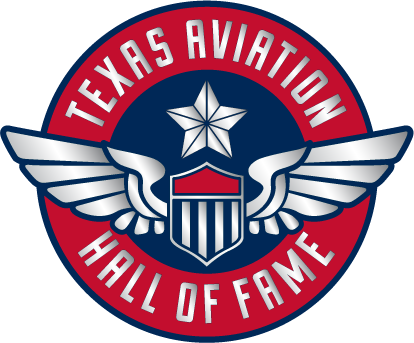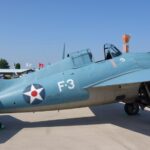First flown in 1939 the F4F-3 Wildcat was, on paper, at a severe disadvantage against its Japa-nese counterpart, the Mitsubishi A6M Zero which was faster, lighter, and more maneuverable. This forced the Wildcat pilots to develop new tactics to counter the Zero while also taking ad-vantage of its powerful .50 cal machine guns and thicker armor. One such tactic was the Thach Weave, developed by F4F pilot John Thach, which used one Wildcat as “bait” to lure a Zero while a “hook” Wildcat turned into them and would catch the Zero off guard. With this combination of tactics and superior firepower, the Wildcat achieved a kill-to-loss ratio of seven to one and went on to serve through the entirety of WW2.
The F4F-3 Wildcat was also used to great effect by the “Cactus Air Force” that fought during the Battle of Guadalcanal between Septem-ber and November 1942. The Cactus Air Force used high-altitude am-bushes to catch the enemy off guard before they had a chance to out-maneuver the Wildcats. The Cactus Air Force’s F4F-3 Wildcats claimed 263 aerial victories during the Guadalcanal Campaign.
Quick facts
- Engine: Pratt & Whitney R-2800-34W
- Gross Weight: 13,346 lbs.
- Horsepower: 200
- Maximum speed: 318 mph
- Length: 28 ft 10.5 in
- Height: 11 ft 9 in
- Wingspan: 38 ft
- Guns: 4 x .50 cal M2 Browning Machine Guns
- Bombs: 2 x 100 lb bombs and/or 2 x 58 gal drop tanks


